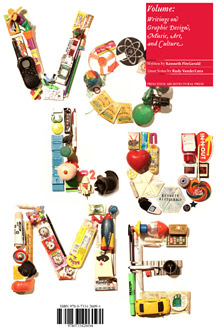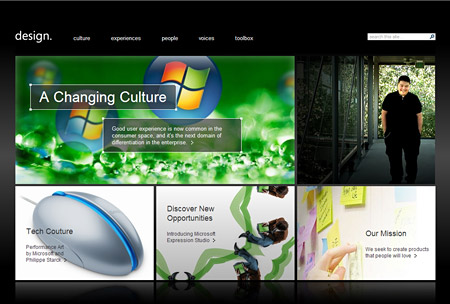The demise of skeuomorphism
On Daring Fireball John Gruber proposes that the current enthusiasm for “flat” interface design can be explained by the introduction of retina displays. Gruber argues that high resolution screens are a natural fit for clean, typographic interfaces, whereas crude low resolution screens need skeuomorphism’s visual “parlor tricks” to disguise their inferior pixel density:
The trend away from skeuomorphic special effects in UI design is the beginning of the retina-resolution design era. Our designs no longer need to accommodate for crude pixels. Glossy/glassy surfaces, heavy-handed transparency, glaring drop shadows, embossed text, textured material surfaces […] work on sub-retina displays because sub-retina displays are so crude. On retina displays, as with high quality print output, these techniques are revealed for what they truly are: an assortment of parlor tricks that fool our eyes into thinking we see something that looks good on a display that is technically incapable of rendering graphic design that truly looks good.
If Gruber’s hypothesis is correct, then how can we explain the fact that highly skeuomorphic interfaces only started to appear en masse around 2008, when the iOS app store launched? UI designers have had to accomodate low resolution displays for decades, yet for the most part the dominant design styles have been “flat” rather than heavily textured or skeuomorphic. Even in recent years that has been the case, at least in the field of web design. The web design gallery siteInspire, launched in 2008, has showcased thousands of interfaces that are (mostly) devoid of decorative embellishments, which is a testament to the enduring popularity of minimalist design.

